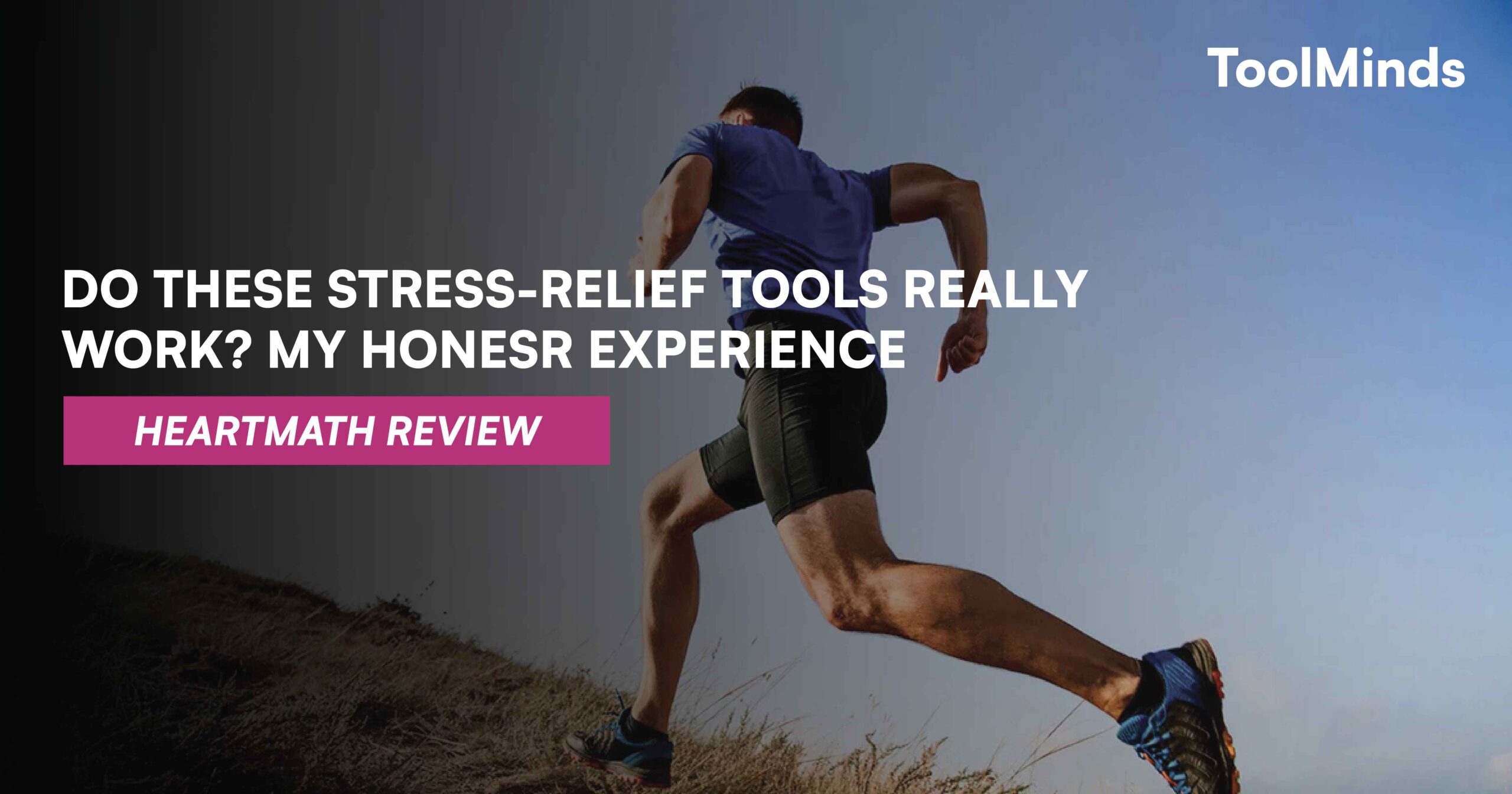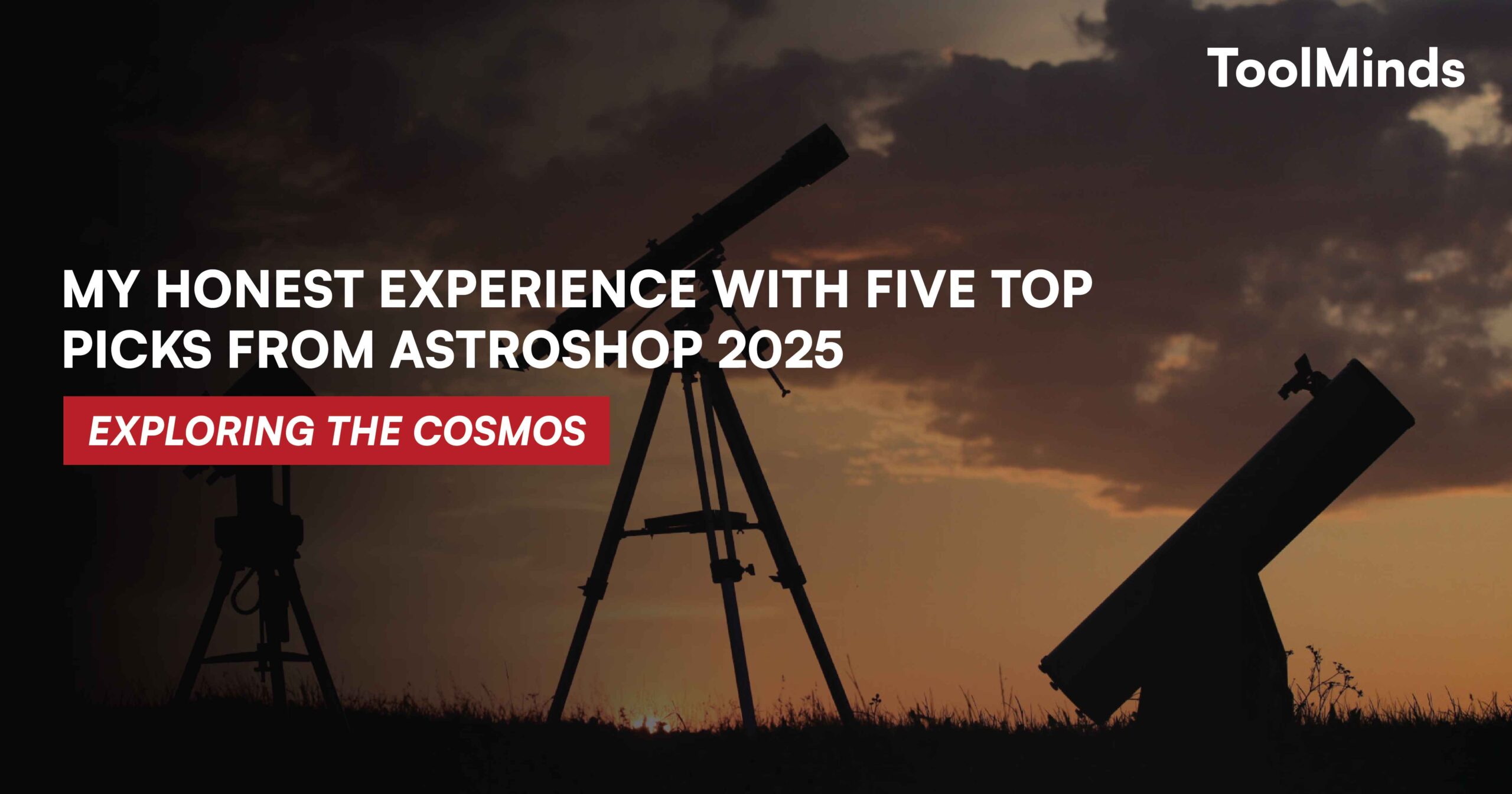When I first came across Astroshop (via Astroshop), I was struck by their positioning as “Europe’s largest astronomy equipment retailer – 7,500+ items from stock”. As someone who has loved stargazing and tinkering with astro-gear for over a decade, I felt a mixture of curiosity and caution: could this wide catalogue deliver solid products and user experience worthy of recommendation? After selecting five of their standout items and spending real hours with them under the night sky (and in the workshop), here are my honest thoughts. My goal is not to oversell, but to share what really worked (and didn’t) so others can decide whether these may suit their own astro-journey.
Smart Telescope AP 30/150 Seestar S30
My experience
I began with the entry-level smart telescope from their range, the AP 30/150 Seestar S30. On first set-up it felt very compact and travel-friendly: the optical tube (30 mm aperture, 150 mm focal length) paired with built-in electronics made for a plug-and-play feel. Under a suburban sky I used the companion app to align, and within minutes I was guiding it to bright objects like Jupiter and the Moon. The image was crisp for its size, and I appreciated how the system guided even a beginner through setup. Over a few sessions I also used it to capture simple smartphone shots of star fields — fun and surprisingly usable.
Pros
- Very user-friendly: minimal alignment fuss, good for entry-level astronomy.
- Compact and portable: ideal for travel or for someone with limited storage space.
- Smart app integration makes the experience accessible for non-experts.
Cons
- Small aperture limits deep-sky performance (faint nebulae or galaxies were dim).
- Build feels lighter — in windy conditions some vibration was noticeable.
- For serious astrophotography, the system lacks the flexibility and raw power of larger instruments.
Who is it for
If someone is new to stargazing and wants a low-barrier introduction to astronomy gear, or a portable “night-out” scope for casual use, this smart telescope is a strong pick. But experienced observers aiming for deep-sky detail or high-magnification planetary work may outgrow it quickly.
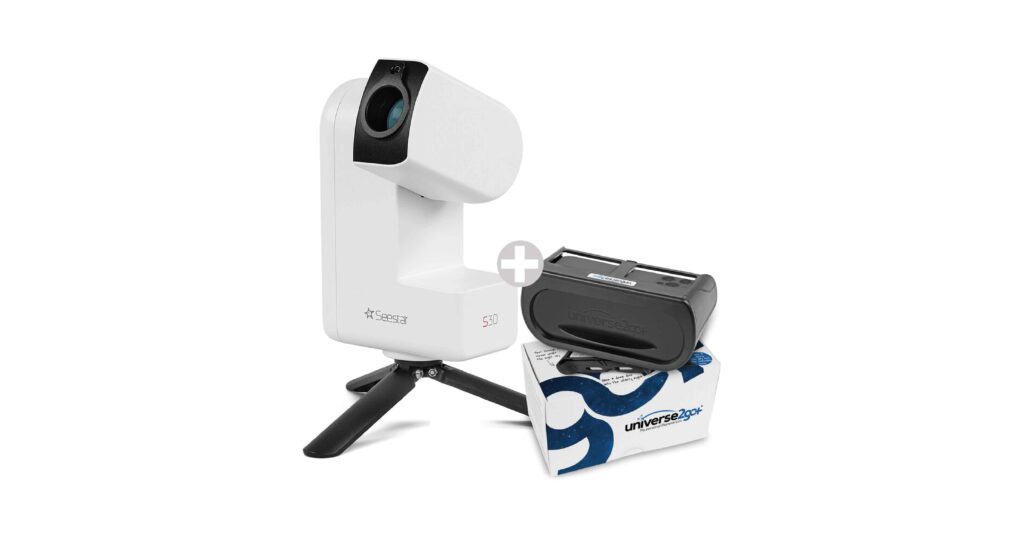
Dobson Telescope N 203/1200 Advanced X
My experience
Stepping up, I tested the Dobson telescope N 203/1200 Advanced X from Astroshop’s listings. From the moment I unpacked it I appreciated the “go-anywhere” feel: the rocker-box mount, the easy altitude/azimuth motions made setup quick. On a clear night I set it up in my backyard and pointed it at the Orion Nebula and then the Pleiades. The 203 mm mirror delivered impressive light-gathering; stars resolved sharply and the view of nebula glows was gratifying. It also held its alignment rather well for extended observing sessions.
Pros
- Large aperture offers noticeably better views of deep-sky objects compared to smaller scopes.
- Simple mount means fewer electronic components to fuss with — more direct observing.
- Good value for optics-to-price if the user is ready to step beyond entry-level gear.
Cons
- Bulkier and heavier than portable models: requires more storage space and setup time.
- Alt-az mount means tracking is manual — for long-exposure photography, this is a limitation.
- Not as automated as GoTo systems; some manual star-hopping still required.
Who is it for
Astronomy enthusiasts who have done the beginner stage and want to dive deeper into deep-sky observing. If the priority is viewing nebulae, galaxy clusters, or intend to invite friends/family for “star party” style sessions, this model fits nicely.
Mount HEQ-5 Pro SynScan GoTo
My experience
Observing gear is only as good as its mount, and the HEQ-5 Pro SynScan GoTo available on Astroshop is clearly positioned for more serious users. Installing this mount, aligning the polar axis, and pairing with a preferred optical tube made for a stable, automated tracking setup. On a few nights I attached a mid-sized refractor and carried out longer exposures of the Andromeda Galaxy. The GoTo functionality worked well, slewing to targets with ease, and tracking held for over an hour with minimal drift. The heavy-duty build felt reassuring.
Pros
- Excellent stability and tracking for astrophotography or prolonged observing sessions.
- GoTo functionality reduces the “where is it?” anxiety: the system finds targets quickly.
- Highly upgradeable: a strong base that can evolve with the user’s gear.
Cons
- Higher cost and complexity: more setup and calibration required compared to simpler mounts.
- Weight and footprint go up, making transport more challenging for mobile setups.
- Learning curve: to extract full value, the user needs to invest time in alignment and software.
Who is it for
Users who are serious about astrophotography or dedicated observing sessions — someone who wants reliable tracking, automated target acquisition, and is ready for the step up in commitment (and budget). Less suited for casual users who want plug-and-play simplicity.
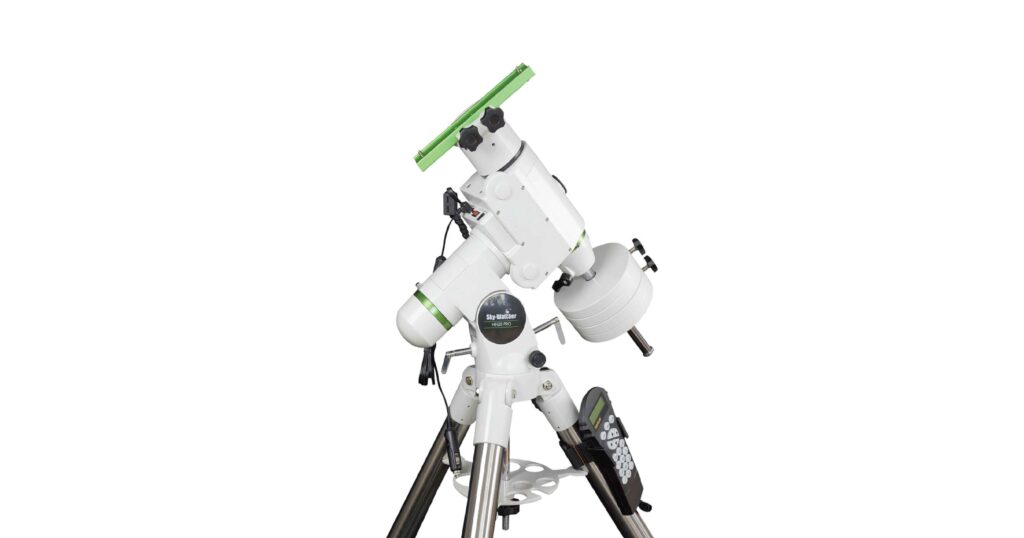
Telescope N 114/900 EQ-1
My experience
For a mid-budget option, I tried the N 114/900 EQ-1 model from the site. This refractor/reflector hybrid (Newtonian 114mm mirror, 900mm focal length) came on an equatorial mount that allowed fine tracking adjustments. I used it for lunar and planetary views: the Moon revealed subtle crater details, Mars showed polar caps (during favorable opposition), and Saturn’s rings were visible. Its lens/mirror combination delivered clean optics. The setup time was manageable and I found this model struck a good balance between portability and performance.
Pros
- Excellent optics for the price: suitable for both lunar/planetary and some deep-sky observing.
- Equatorial mount gives better tracking than alt-az setups.
- Good step-up telescope for those ready beyond basic models.
Cons
- Mount is lighter than heavy gear, so vibration in slightly windy conditions.
- Deep-sky faint objects still challenging due to aperture size.
- Setup still more involved than what a beginner “just wants to point” scope might be.
Who is it for
A smart “intermediate” choice: for someone with one or two years of observing experience who wants more capability without going full-pro, this model gives real value. For purely visual work it hits a sweet spot; for heavy astrophotography the user may still need upgrades.
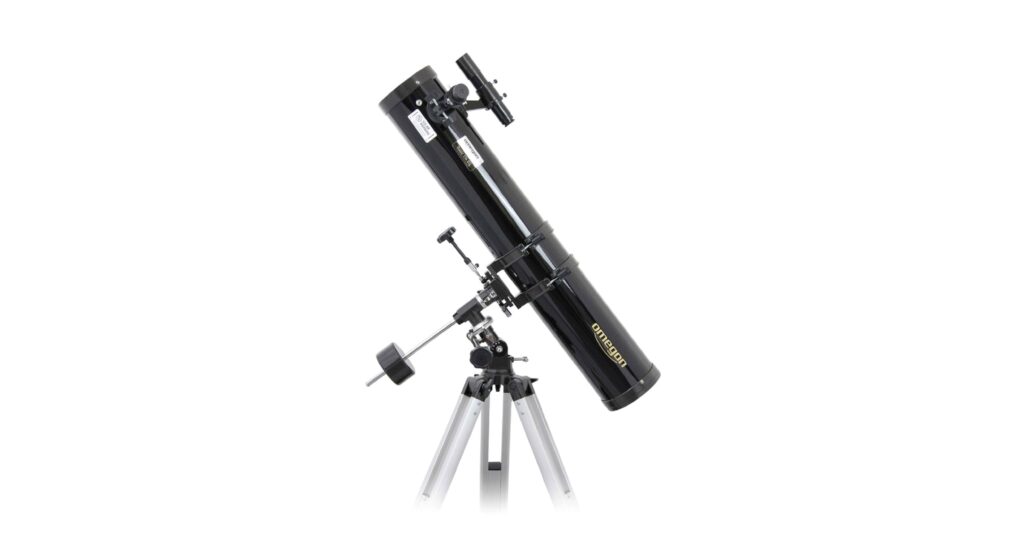
Mounting Plates & Rails (Dovetail system)
My experience
Finally, I reviewed one of the smaller but crucial accessories from Astroshop: the mounting plates & rails (dovetail bars/clamps). On nights when I swapped optical tubes, I found the quality of the prism rail and clamp system made a notable difference. I tested a 180 mm prism rail and dual-clamp from their listings: the rail felt rigid, and the clamp mechanism held the OTA firmly; switching between optics was smooth and safe. While this may sound mundane, for anyone serious about changing gear or doing modular setups this kind of accessory elevates the experience.
Pros
- High build quality – less flex, better stability when mounting gear.
- Makes gear changes faster and safer (reduces risk of dropping or misaligning optics).
- Good value investment for users who already own multiple optical tubes or accessories.
Cons
- It’s an accessory — so less “glamour”, and some users may overlook it until they upgrade optics.
- Requires compatible dovetail systems on both mount and gear – may need matching hardware.
- For casual users with fixed gear and minimal swapping, the value is less obvious.
Who is it for
Owners of modular telescope setups, astrophotographers with multiple optical tubes, or anyone who swaps gear frequently and wants quicker, safer transitions. If the setup is fixed and there is no swapping, it may be less critical.
Conclusion
After spending real nights under the stars with these five items from Astroshop, I came away impressed by the breadth of options, from entry-level smart telescopes to serious mounts and accessories. My overall takeaway: Astroshop offers a well-curated selection that caters across the experience spectrum — from curious beginner to serious hobbyist. That said, users should still match the gear to their needs: portability vs performance trade-offs, budget vs upgrade potential, simplicity vs automation.
If someone reading this is leaning into astronomy and wants gear they can grow with, one of these picks may be a worthy start or step-up. My gentle advice: pick your “next level” not just based on specs, but on how often you’ll use it, how easy the setup will fit your rhythm, and what you most want to observe. Then check current availability and support terms on the site, and enjoy the journey into the night sky.

